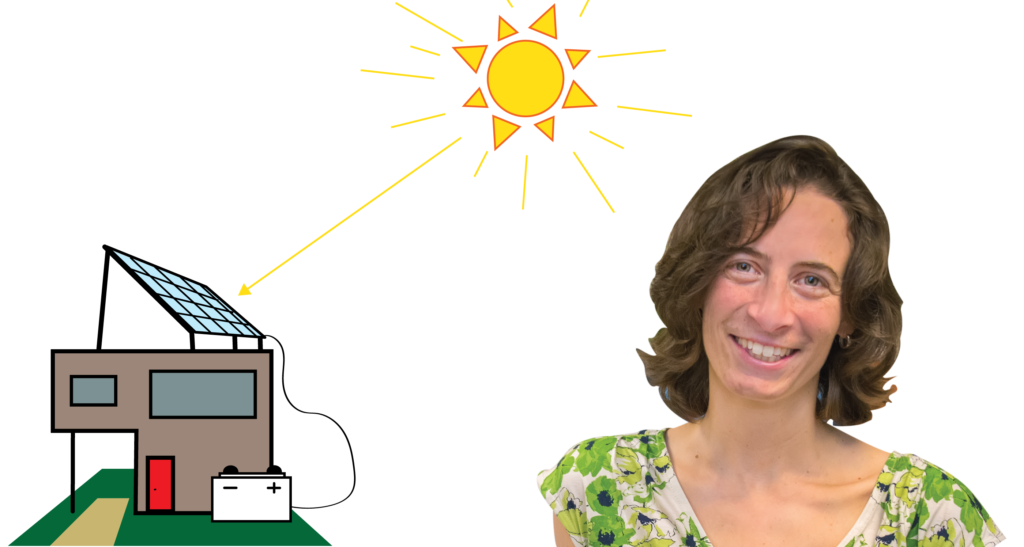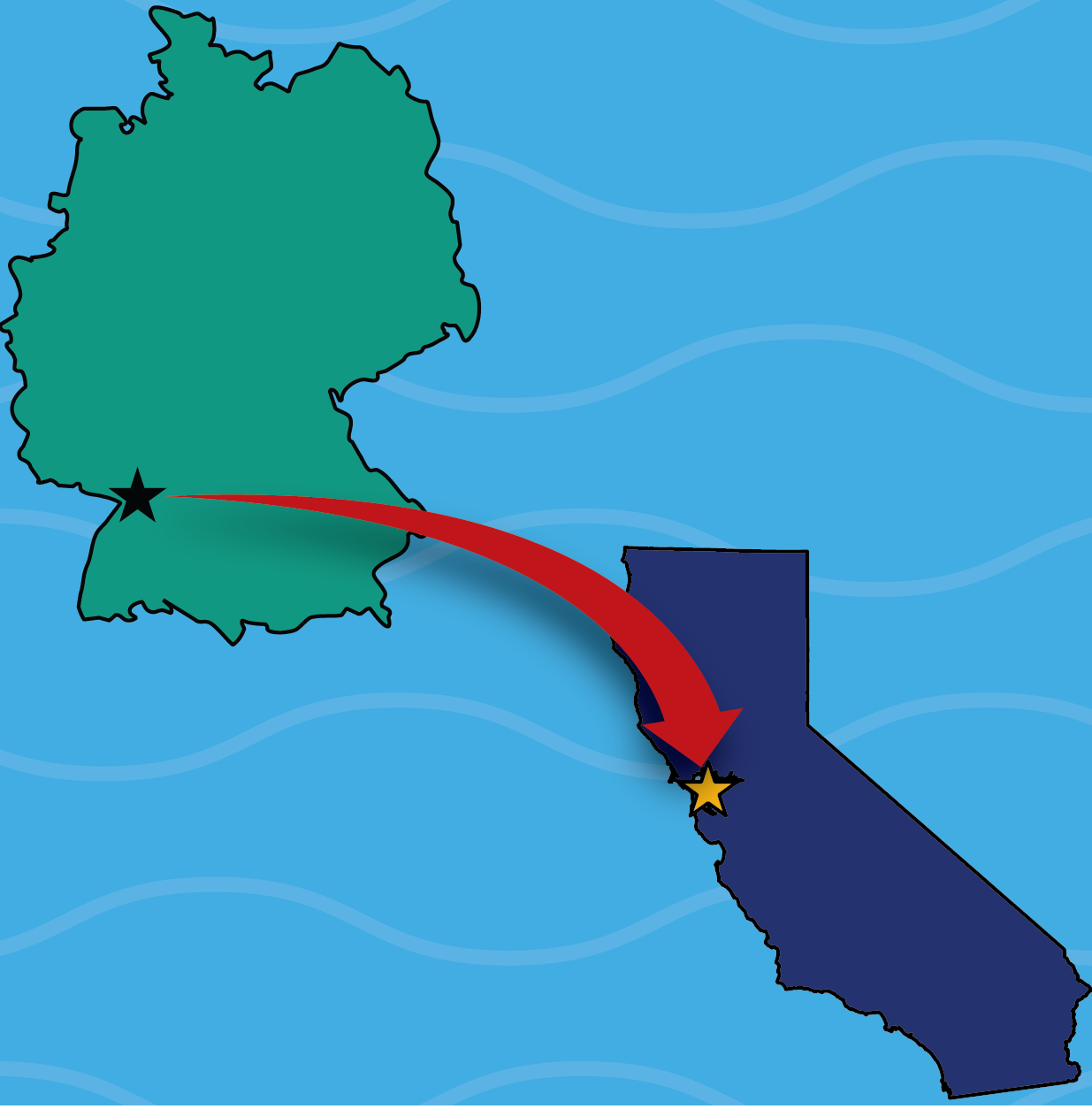Faculty Profile: Naomi Ginsberg
May 10, 2020

Image Design: Johan Jaenisch, Photo Credit: Roy Kaltschmidt
Naomi Ginsberg, professor of chemistry and physics at UC Berkeley, credits her love of learning as the driving force behind her unusual academic journey. In her first year of college, she studied engineering because it was, as she explains it, “technical, but also creative.” However, a summer research internship studying magnetic resonance—a backbone of modern medical imaging— opened her eyes to creative problem solving in basic science. A burgeoning fascination for physics led her to graduate school at Harvard, where she studied interactions between lasers and atoms. Transitioning from atomic physics to biophysics, she started her postdoctoral stint at UC Berkeley, where she employed innovative methods to characterize proteins used by plants for photosynthesis. The overarching vision of her work was to understand how plants can harvest light from the Sun with near perfect efficiency. As a principal investigator at UC Berkeley, she has built upon this work over the last decade and explored its ramifications in applications such as solar energy harvesting.
In addition to her research, Ginsberg is a decorated advisor and instructor who puts “a high premium on communication” in her lectures, with an objective to bolster her students’ confidence. She has established a supportive environment where students don’t feel discouraged to admit that they don’t know the answer to something. As Ginsberg explains, “I want to make sure that when people are trying to do their science, they can just focus on their science.”
—PRABUDHYA BHATTACHARYYA
This article is part of the Spring 2020 issue.




